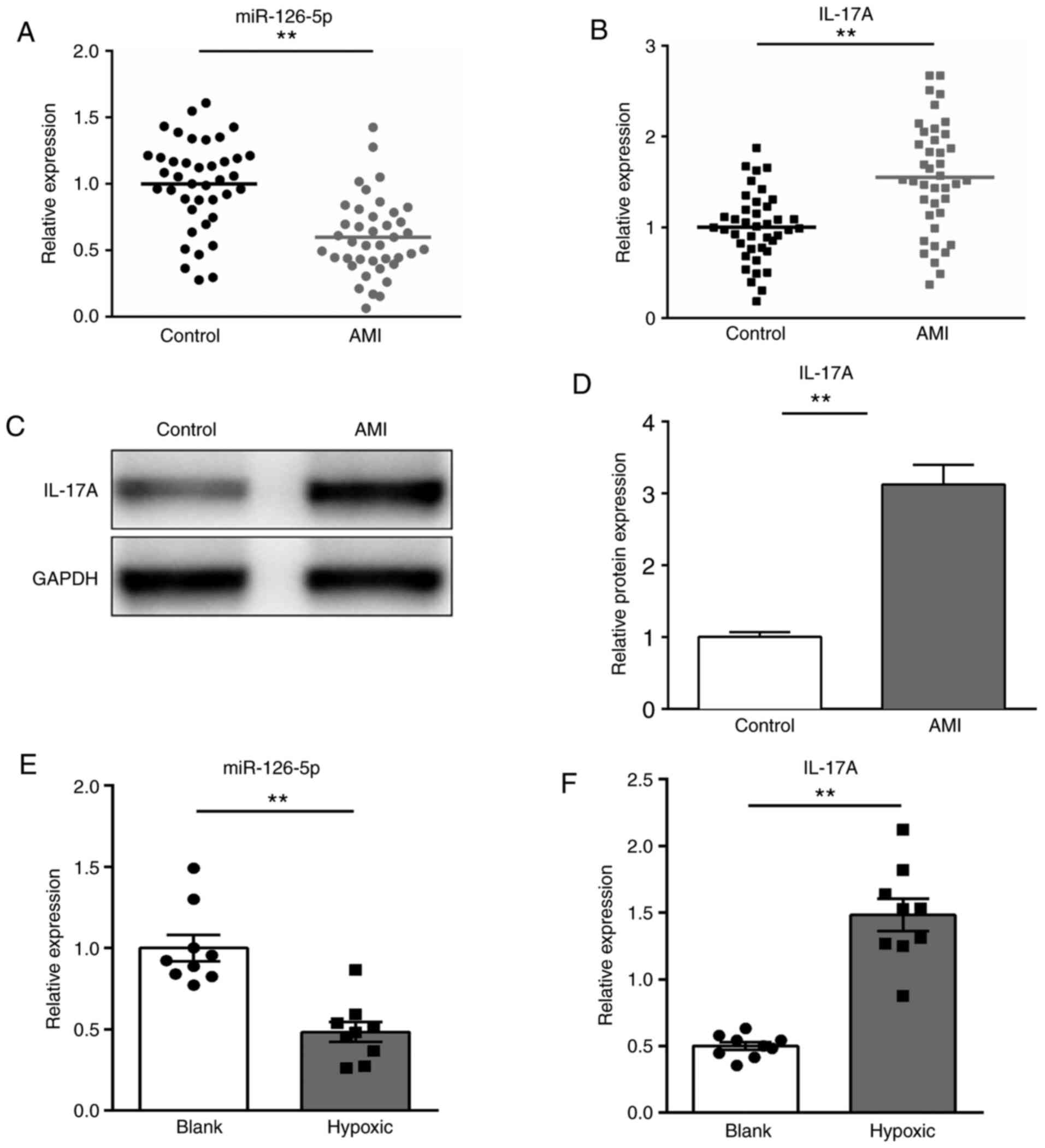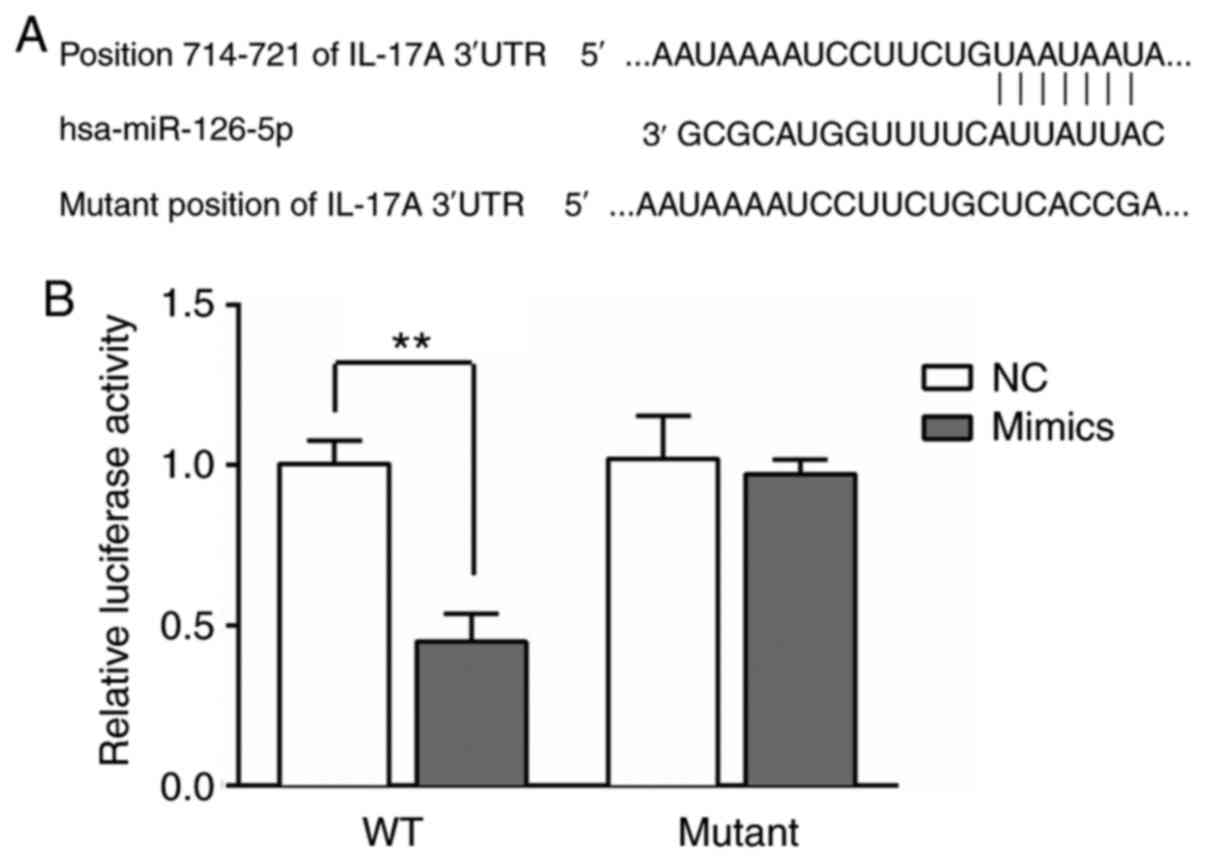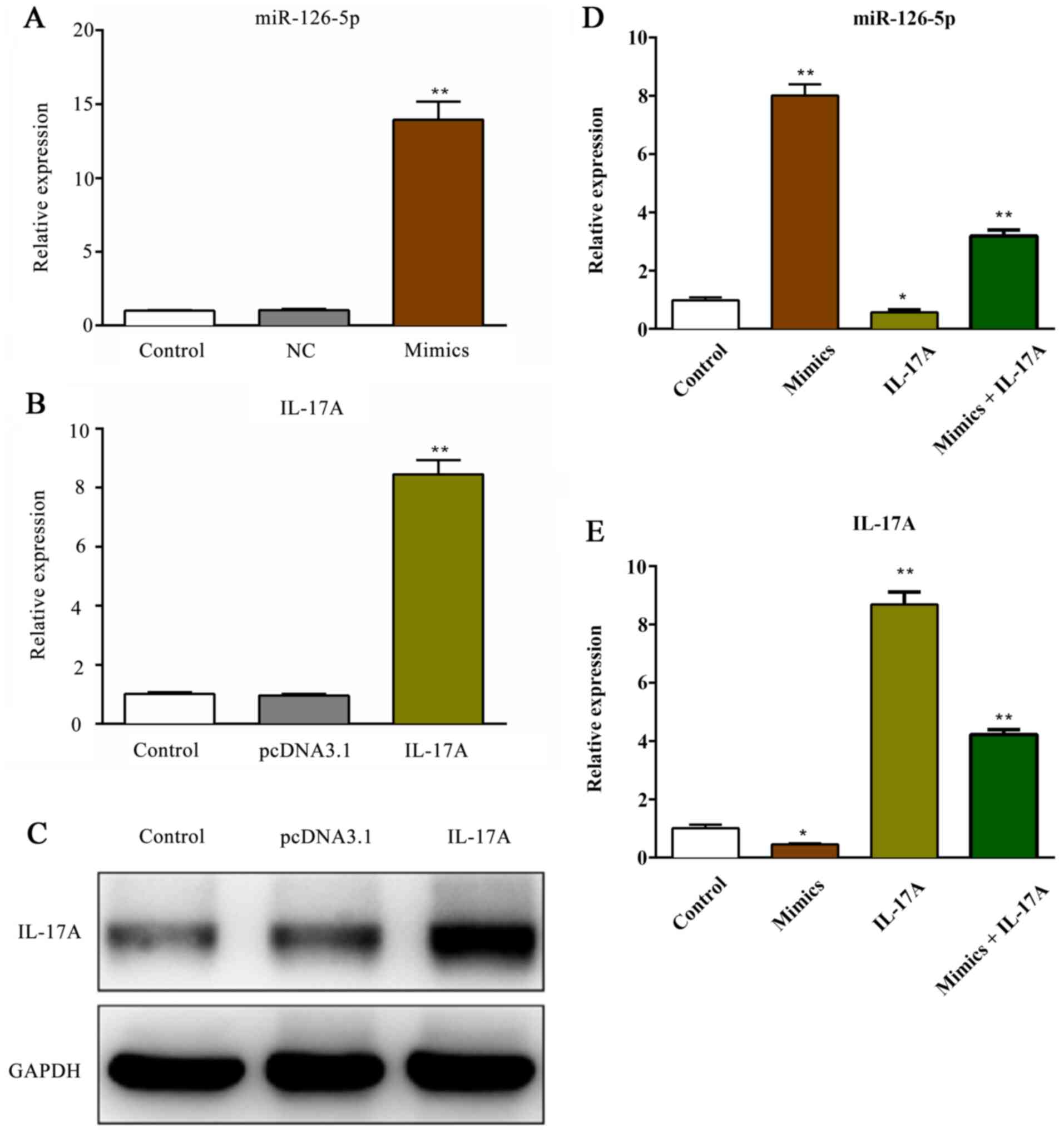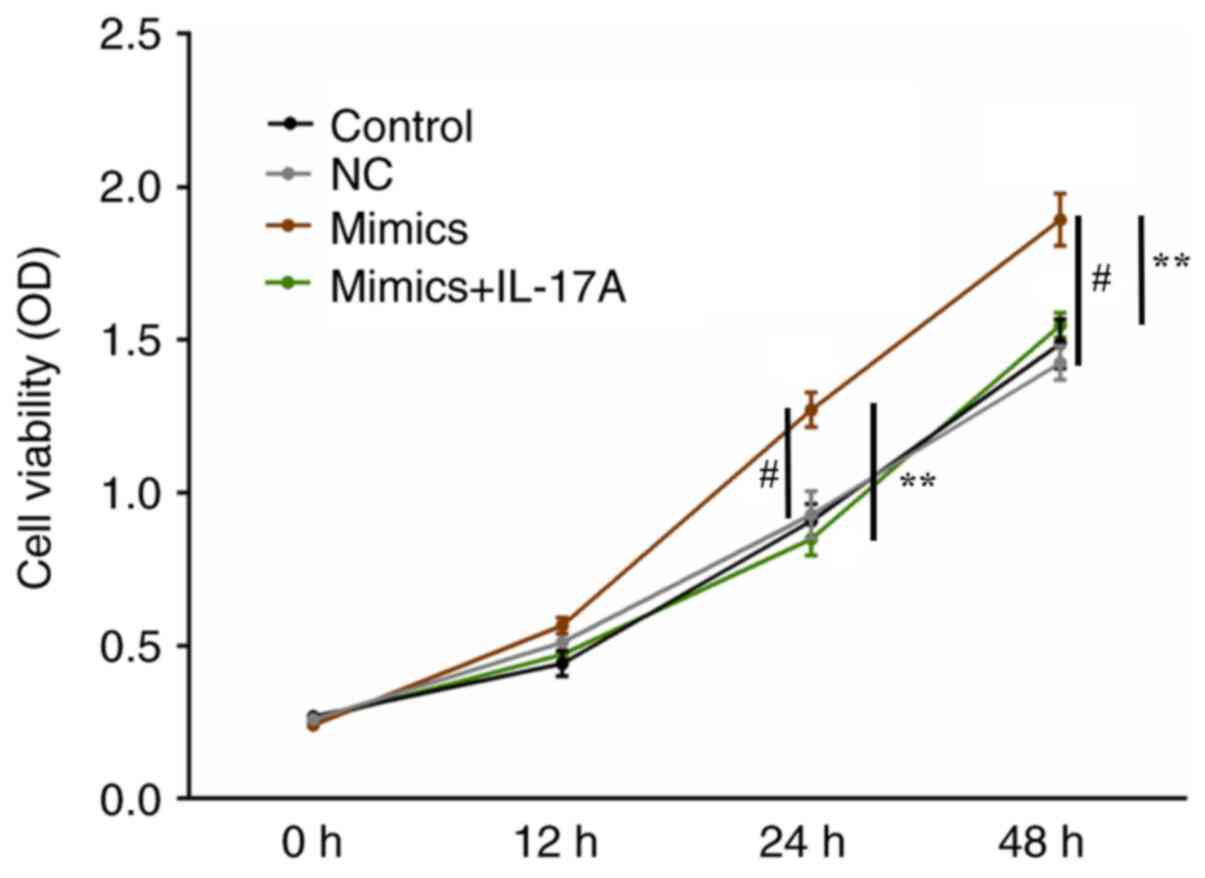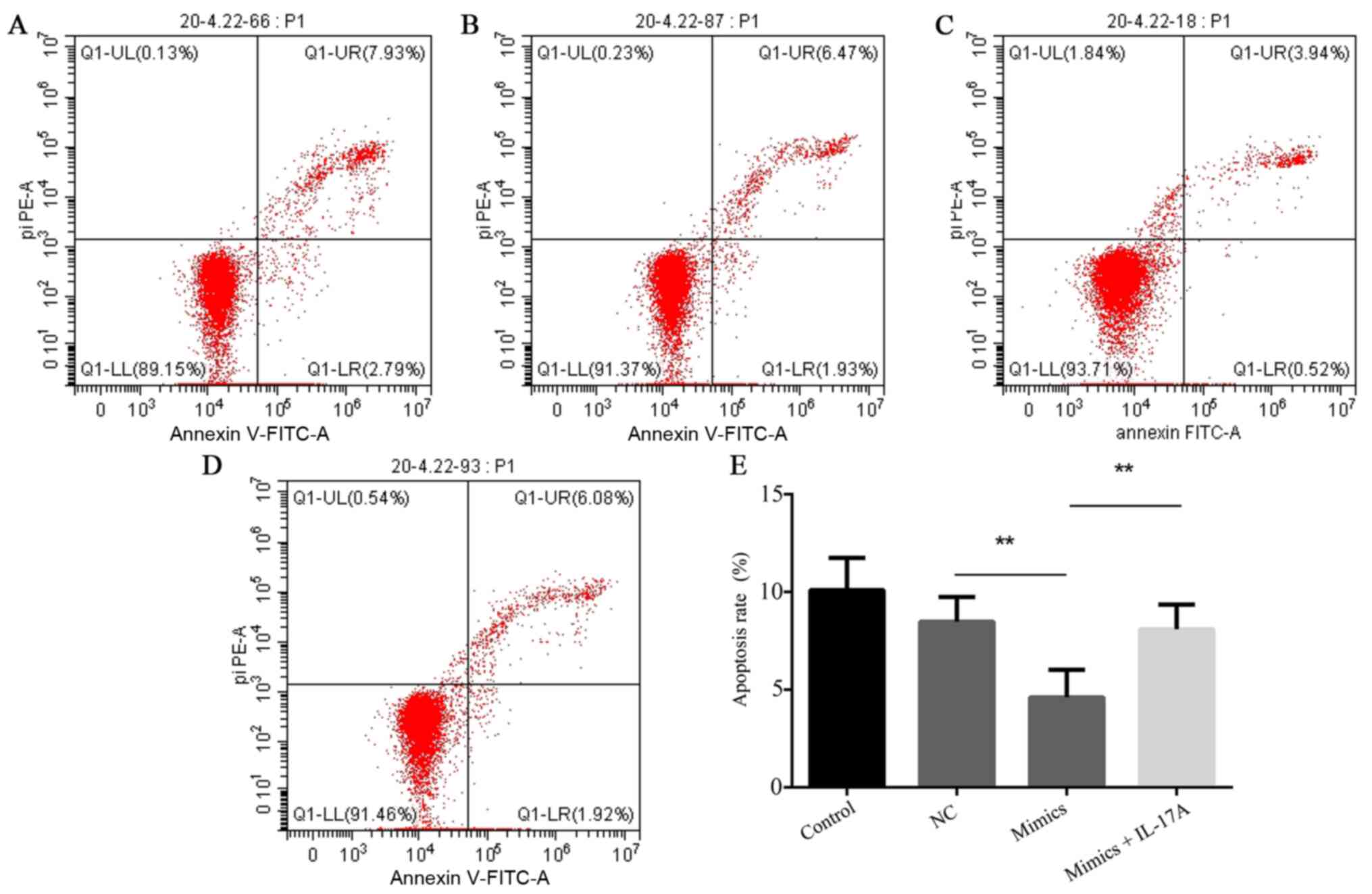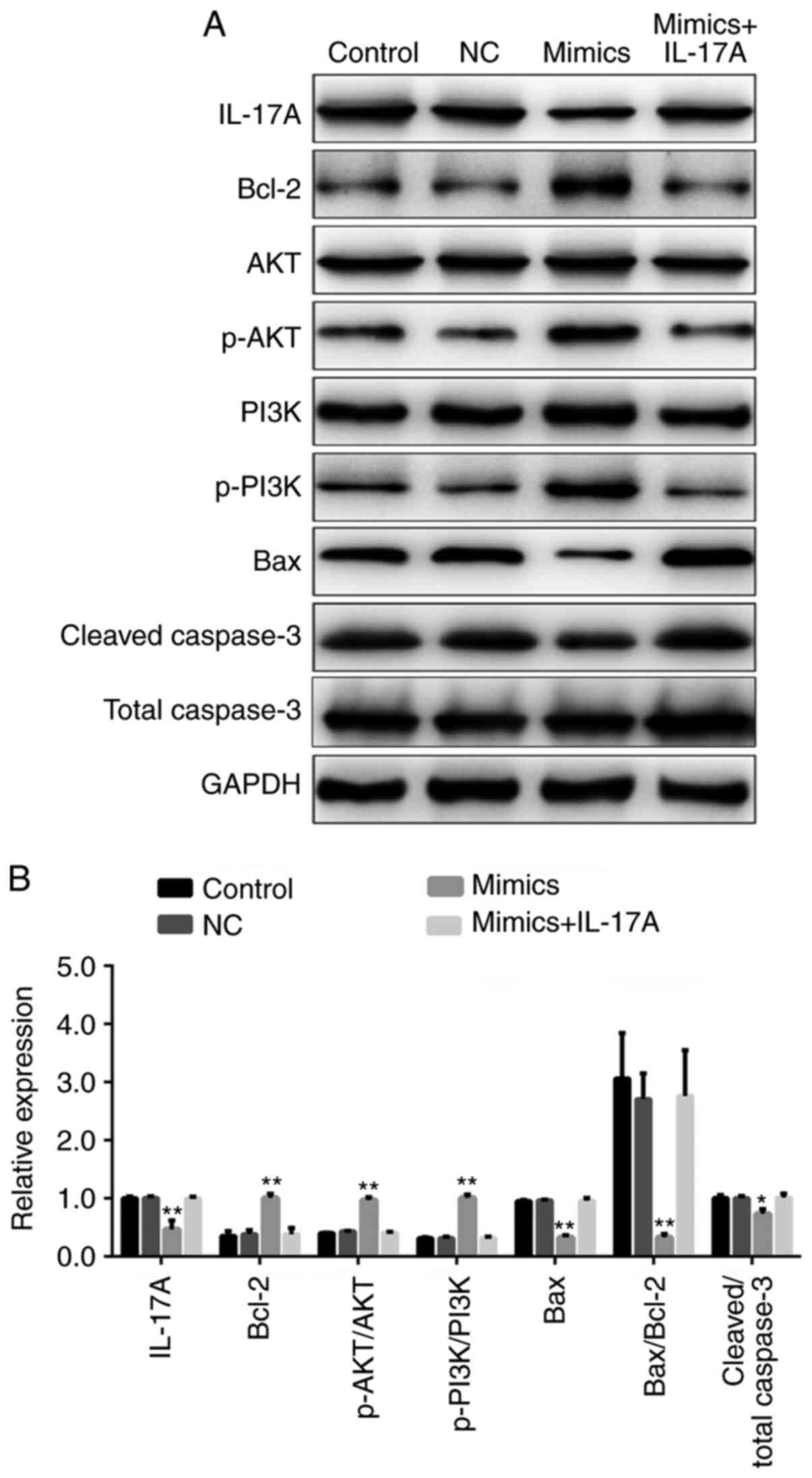|
1
|
Orlic D, Kajstura J, Chimenti S, Jakoniuk
I, Anderson SM, Li B, Pickel J, McKay R, Nadal-Ginard B, Bodine DM,
et al: Bone marrow cells regenerate infarcted myocardium. Nature.
410:701–705. 2001.PubMed/NCBI View
Article : Google Scholar
|
|
2
|
Bissessor N and White H: Valsartan in the
treatment of heart failure or left ventricular dysfunction after
myocardial infarction. Vasc Health Risk Manag. 3:425–430.
2007.PubMed/NCBI
|
|
3
|
DeBusk R, Drory Y, Goldstein I, Jackson G,
Kaul S, Kimmel SE, Kostis JB, Kloner RA, Lakin M, Meston CM, et al:
Management of sexual dysfunction in patients with cardiovascular
disease: Recommendations of The Princeton Consensus Panel. Am J
Cardiol. 86:175–181. 2000.PubMed/NCBI View Article : Google Scholar
|
|
4
|
Schaper J and Schaper W: Reperfusion of
ischemic myocardium: Ultrastructural and histochemical aspects. J
Am Coll Cardiol. 1:1037–1046. 1983.PubMed/NCBI View Article : Google Scholar
|
|
5
|
Fein FS, Kornstein LB, Strobeck JE,
Capasso JM and Sonnenblick EH: Altered myocardial mechanics in
diabetic rats. Circ Res. 47:922–933. 1980.PubMed/NCBI View Article : Google Scholar
|
|
6
|
Montgomery RL and van Rooij E: Therapeutic
advances in MicroRNA targeting. J Cardiovasc Pharmacol. 57:1–7.
2011.PubMed/NCBI View Article : Google Scholar
|
|
7
|
Calin GA and Croce CM: MicroRNA signatures
in human cancers. Nat Rev Cancer. 6:857–866. 2006.PubMed/NCBI View
Article : Google Scholar
|
|
8
|
Wu W: MicroRNA: Potential targets for the
development of novel drugs? Drugs RD. 10:1–8. 2010.PubMed/NCBI View Article : Google Scholar
|
|
9
|
Ai J, Zhang R, Li Y, Pu J, Lu Y, Jiao J,
Li K, Yu B, Li Z, Wang R, et al: Circulating microRNA-1 as a
potential novel biomarker for acute myocardial infarction. Biochem
Biophys Res Commun. 391:73–77. 2010.PubMed/NCBI View Article : Google Scholar
|
|
10
|
Pan ZW, Lu YJ and Yang BF: MicroRNAs: A
novel class of potential therapeutic targets for cardiovascular
diseases. Acta Pharmacol Sin. 31:1–9. 2010.PubMed/NCBI View Article : Google Scholar
|
|
11
|
Villain G, Poissonnier L, Noueihed B,
Bonfils G, Rivera JC, Chemtob S, Soncin F and Mattot Y: miR-126-5p
promotes retinal endothelial cell survival through SetD5 regulation
in neurons. Development. 145(dev156232)2018.PubMed/NCBI View Article : Google Scholar
|
|
12
|
Fish JE, Santoro MM, Morton SU, Yu S, Yeh
RF, Wythe JD, Ivey KN, Bruneau BG, Stainier DY and Srivastava D:
miR-126 regulates angiogenic signaling and vascular integrity. Dev
Cell. 15:272–284. 2008.PubMed/NCBI View Article : Google Scholar
|
|
13
|
Wang S, Aurora AB, Johnson BA, Qi X,
McAnally J, Hill JA, Richardson JA, Bassel-Duby R and Olson EN: The
endothelial-specific microRNA miR-126 governs vascular integrity
and angiogenesis. Dev Cell. 15:261–271. 2008.PubMed/NCBI View Article : Google Scholar
|
|
14
|
Long G, Wang F, Duan Q, Chen F, Yang S,
Gong W, Wang Y, Chen C and Wang DW: Human circulating microRNA-1
and microRNA-126 as potential novel indicators for acute myocardial
infarction. Int J Biol Sci. 8:811–818. 2012.PubMed/NCBI View Article : Google Scholar
|
|
15
|
von Stebut E, Boehncke WH, Ghoreschi K,
Gori T, Kaya Z, Thaci D and Schäffler A: IL-18A in psoriasis and
beyond: Cardiovascular and metabolic implications. Front Immunol.
10(3096)2020.PubMed/NCBI View Article : Google Scholar
|
|
16
|
Bai H, Gao X, Zhao L, Peng Y, Yang J, Qiao
S, Zhao H, Wang S, Fan Y, Joyee AG, et al: Respective IL-17A
production by γδ T and Th17 cells and its implication in host
defense against chlamydial lung infection. Cell Mol Immunol.
14:850–861. 2017.PubMed/NCBI View Article : Google Scholar
|
|
17
|
Kuwabara T, Ishikawa F, Kondo M and
Kakiuchi T: The role of IL-17 and related cytokines in inflammatory
autoimmune diseases. Mediators Inflamm.
2017(3908061)2017.PubMed/NCBI View Article : Google Scholar
|
|
18
|
Shaikh SB, Bhat SG and Bhandary YP:
Curcumin attenuates IL-17A mediated pulmonary SMAD dependent and
non-dependent mechanism during acute lung injury in vivo. Mol Biol
Rep. 47:5643–5649. 2020.PubMed/NCBI View Article : Google Scholar
|
|
19
|
Yang P, Qian FY, Zhang MF, Xu AL, Wang X,
Jiang BP and Zhou LL: Th17 cell pathogenicity and plasticity in
rheumatoid arthritis. J Leukoc Biol. 106:1233–1240. 2019.PubMed/NCBI View Article : Google Scholar
|
|
20
|
Huang KD, Shen Y, Wei X, Zhang FQ, Liu YY
and Ma L: Inhibitory effect of microRNA-27b on interleukin 17
(IL-17)-induced monocyte chemoattractant protein-1 (MCP1)
expression. Genet Mol Res. 15(2)2016.PubMed/NCBI View Article : Google Scholar
|
|
21
|
Livak KJ and Schmittgen TD: Analysis of
relative gene expression data using real-time quantitative PCR and
the 2(-Delta Delta C(T)) method. Methods. 25:402–408.
2001.PubMed/NCBI View Article : Google Scholar
|
|
22
|
Luo Q, Guo D, Liu G, Chen G, Hang M and
Jin M: Exosomes from miR-126-overexpressing adscs are therapeutic
in relieving acute myocardial ischaemic injury. Cell Physiol
Biochem. 44:2105–2116. 2017.PubMed/NCBI View Article : Google Scholar
|
|
23
|
Li B, Tao Y and Huang Q: Effect and
mechanism of miR-126 in myocardial ischemia reperfusion. Genet Mol
Res. 14:18990–18998. 2015.PubMed/NCBI View Article : Google Scholar
|
|
24
|
Xue S, Liu D, Zhu W, Su Z, Zhang L, Zhou C
and Li P: Circulating miR-17-5p, miR-126-5p and miR-145-3p are
novel biomarkers for diagnosis of acute myocardial infarction.
Front Physiol. 10(123)2019.PubMed/NCBI View Article : Google Scholar
|
|
25
|
Butcher MJ, Wu CI, Waseem T and Galkina
EV: CXCR6 regulates the recruitment of pro-inflammatory
IL-17A-producing T cells into atherosclerotic aortas. Int Immunol.
28:255–261. 2016.PubMed/NCBI View Article : Google Scholar
|
|
26
|
Erbel C, Chen L, Bea F, Wangler S, Celik
S, Lasitschka F, Wang Y, Böckler D, Katus HA and Dengler TJ:
Inhibition of IL-17A attenuates atherosclerotic lesion development
in apoE-deficient mice. J Immunol. 183:8167–8175. 2009.PubMed/NCBI View Article : Google Scholar
|
|
27
|
de Boer OJ, van der Meer JJ, Teeling P,
van der Loos CM, Idu MM, van Maldegem F, Aten J and van der Wal AC:
Differential expression of interleukin-17 family cytokines in
intact and complicated human atherosclerotic plaques. J Pathol.
220:499–508. 2010.PubMed/NCBI View Article : Google Scholar
|
|
28
|
Chen XM, Zhang T, Qiu D, Feng JY, Jin ZY,
Luo Q, Wang XY and Wu XL: Gene expression pattern of TCR repertoire
and alteration expression of IL-17A gene of γδ T cells in patients
with acute myocardial infarction. J Transl Med.
16(189)2018.PubMed/NCBI View Article : Google Scholar
|
|
29
|
Edlich F: BCL-2 proteins and apoptosis:
Recent insights and unknowns. Biochem Biophys Res Commun.
500:26–34. 2018.PubMed/NCBI View Article : Google Scholar
|
|
30
|
Liu Y, Yang L, Yin J, Su D, Pan Z, Li P
and Wang X: MicroRNA-15b deteriorates hypoxia/reoxygenation-induced
cardiomyocyte apoptosis by downregulating Bcl-2 and MAPK3. J
Investig Med. 66:39–45. 2018.PubMed/NCBI View Article : Google Scholar
|
|
31
|
Liu N, Shi YF, Diao HY, Li YX, Cui Y, Song
XJ, Tian X, Li TY and Liu B: MicroRNA-135a regulates apoptosis
induced by hydrogen peroxide in rat cardiomyoblast cells. Int J
Biol Sci. 13:13–21. 2017.PubMed/NCBI View Article : Google Scholar
|
|
32
|
Zhou YL, Sun Q, Zhang L and Li R: miR-208b
targets Bax to protect H9c2 cells against hypoxia-induced
apoptosis. Biomed Pharmacother. 106:1751–1759. 2018.PubMed/NCBI View Article : Google Scholar
|
|
33
|
Olsson Åkefeldt S, Maisse C, Belot A,
Mazzorana M, Salvatore G, Bissay N, Jurdic P, Aricò M,
Rabourdin-Combe C, Henter JI, et al: Chemoresistance of human
monocyte-derived dendritic cells is regulated by IL-17A. PLoS One.
8(e56865)2013.PubMed/NCBI View Article : Google Scholar
|
|
34
|
Sui G, Qiu Y, Yu H, Kong Q and Zhen B:
Interleukin-17 promotes the development of cisplatin resistance in
colorectal cancer. Oncol Lett. 17:944–950. 2019.PubMed/NCBI View Article : Google Scholar
|
|
35
|
Chen X, Yu X, Li X, Li L, Li F, Guo T,
Guan C, Miao L and Cao G: miR-126 targets IL-17A to enhance
proliferation and inhibit apoptosis in high-glucose-induced human
retinal endothelial cells. Biochem Cell Biol. 98(13)2019.PubMed/NCBI View Article : Google Scholar
|
|
36
|
Fan TJ, Han LH, Cong RS and Liang J:
Caspase family proteases and apoptosis. Acta Biochim Biophys Sin
(Shanghai). 37:719–727. 2005.PubMed/NCBI View Article : Google Scholar
|
|
37
|
Jiang YQ, Chang GL, Wang Y, Zhang DY, Cao
L and Liu J: Geniposide prevents hypoxia/Reoxygenation-induced
apoptosis in H9c2 cells: Improvement of mitochondrial dysfunction
and activation of GLP1R and the PI3K/AKT signaling pathway. Cell
Physiol Biochem. 39:407–421. 2016.PubMed/NCBI View Article : Google Scholar
|
|
38
|
Cruz A, Ludovico P, Torrado E, Gama JB,
Sousa J, Gaifem J, Appelberg R, Rodrigues F, Cooper AM, Pedrosa J,
et al: IL-17A promotes intracellular growth of mycobacterium by
inhibiting apoptosis of infected macrophages. Front Immunol.
6(498)2015.PubMed/NCBI View Article : Google Scholar
|
|
39
|
Li N, Gao S, Wang J, Zhu Y and Shen X:
Anti-apoptotic effect of interleukin-17 in a mouse model of
oxygen-induced retinopathy. Exp Eye Res. 187(107743)2019.PubMed/NCBI View Article : Google Scholar
|
|
40
|
Mao Y, Xi L, Li Q, Cai Z, Lai Y, Zhang X
and Yu C: Regulation of cell apoptosis and proliferation in
pancreatic cancer through PI3K/Akt pathway via Polo-like kinase 1.
Oncol Rep. 36:49–56. 2016.PubMed/NCBI View Article : Google Scholar
|
|
41
|
Maurya AK and Vinayak M: PI-103 attenuates
PI3K-AKT signaling and induces apoptosis in murineT-cell lymphoma.
Leuk Lymphoma. 58:1153–1161. 2017.PubMed/NCBI View Article : Google Scholar
|
|
42
|
Liu MH, Li GH, Peng LJ, Qu SL, Zhang Y,
Peng J, Luo XY, Hu HJ, Ren Z, Liu Y, et al: PI3K/Akt/FoxO3a
signaling mediates cardioprotection of FGF-2 against hydrogen
peroxide-induced apoptosis in H9c2 cells. Mol Cell Biochem.
414:57–66. 2016.PubMed/NCBI View Article : Google Scholar
|
|
43
|
Li L, Zhou Y, Li Y, Wang L, Sun L, Zhou L,
Arai H, Qi Y and Xu Y: Aqueous extract of Cortex Dictamni protects
H9c2 cardiomyocytes from hypoxia/reoxygenation-induced oxidative
stress and apoptosis by PI3K/Akt signaling pathway. Biomed
Pharmacother. 89:233–244. 2017.PubMed/NCBI View Article : Google Scholar
|
|
44
|
Zhang Z, Li H, Chen S, Li Y, Cui Z and Ma
J: Knockdown of microRNA-122 protects H9c2 cardiomyocytes from
hypoxia-induced apoptosis and promotes autophagy. Med Sci Monit.
23:4284–4290. 2017.PubMed/NCBI View Article : Google Scholar
|















